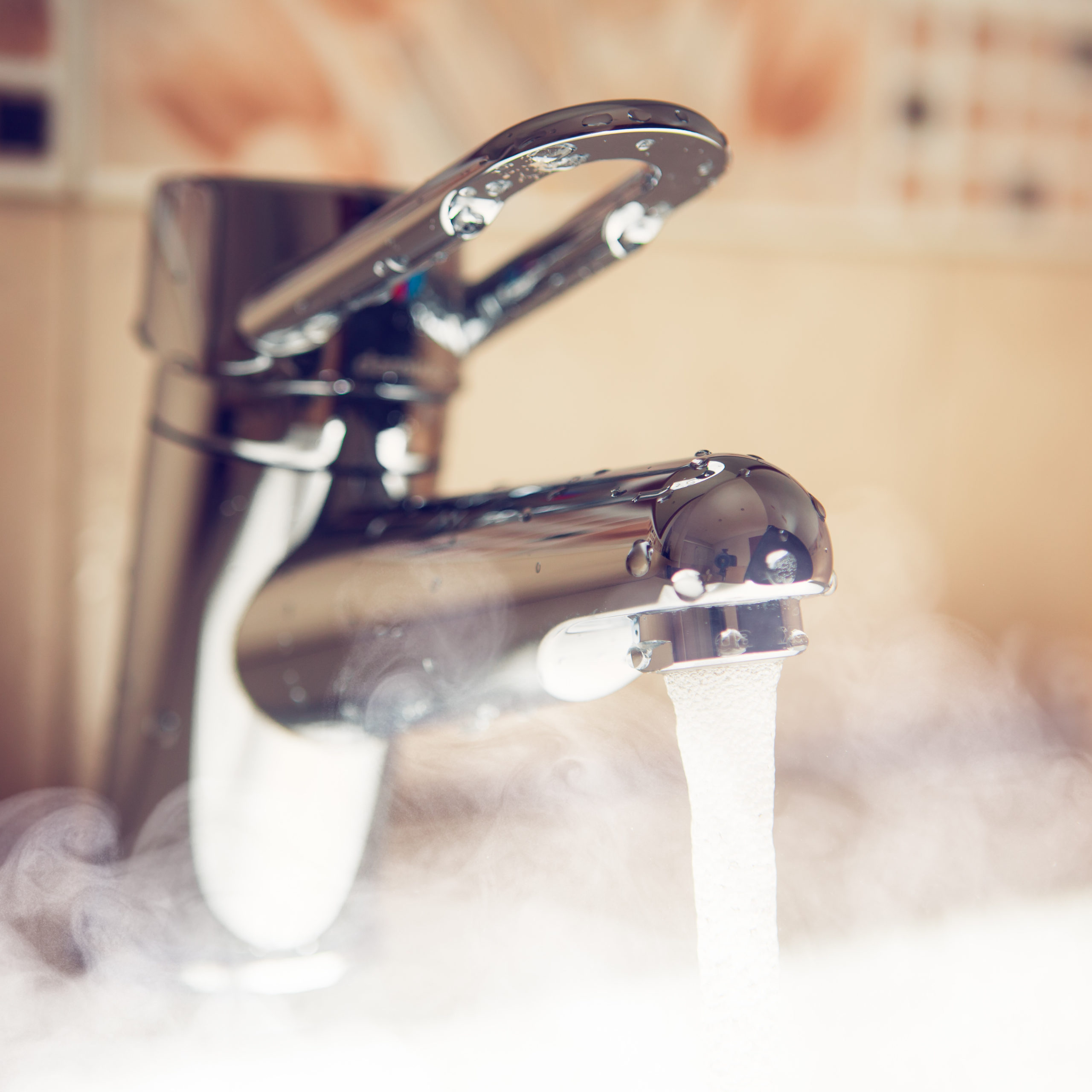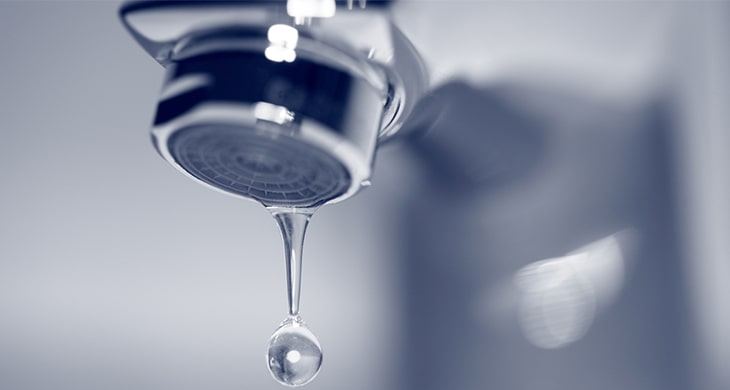Specialist Tips for Repairing a Leaky Tap: Comprehensive Tutorial
Specialist Tips for Repairing a Leaky Tap: Comprehensive Tutorial
Blog Article
In this article further down you will find a lot of dependable content concerning How to Fix a Leaking Tap Without Getting Professional Help.

Intro
A dripping tap is not only aggravating but can also squander a considerable quantity of water and bring about increased utility costs. In this step-by-step guide, we'll walk you through the process of repairing a leaking faucet, enabling you to save water and money while keeping your plumbing system.
Collecting Devices and Products
Prior to you start, collect the needed devices and materials for the repair work. You'll normally require an adjustable wrench, screwdrivers, replacement washing machines or seals, plumber's tape, and a cloth or towel to tidy up any type of spills.
Turning Off Supply Of Water
Locate the shut-off shutoff for the influenced tap and transform it clockwise to shut down the water. If you're incapable to situate the shut-off shutoff, you may need to turn off the primary supply of water to your home.
Disassembling the Faucet
Make use of a screwdriver to remove the handle of the faucet, revealing the interior components. Depending on the sort of tap, you may require to unscrew a cap or collar to access the shutoff setting up.
Examining for Damage
As soon as you have actually exposed the shutoff setting up, examine it for any kind of indications of damage or wear. Usual perpetrators of a leaky faucet consist of worn-out washing machines, O-rings, or seals.
Replacing Faulty Elements
If you identify any kind of damaged or worn-out elements, thoroughly remove them utilizing a wrench or pliers and replace them with brand-new ones. Make certain to utilize the correct dimension and type of substitute parts for your faucet.
Reassembling the Faucet
After replacing the faulty elements, thoroughly rebuild the tap in the reverse order of disassembly. Ensure that all components are appropriately straightened and tightened to prevent future leakages.
Examining for Leakages
When the tap is reassembled, turn the water system back on and check the tap for leakages. If you observe any kind of leakages, double-check the connections and tighten them as needed.
Guaranteeing Proper Functionality
After confirming that the faucet is leak-free, examination its performance by transforming it on and off numerous times. Guarantee that the faucet runs efficiently and without any unusual sounds or resistance.
Cleaning Up
Lastly, clean up any type of debris or spills from the repair process and dispose of any type of old or damaged parts correctly. Leaving the workplace spick-and-span guarantees an expert coating to your repair work.
Conclusion
Repairing a leaky faucet is a fairly simple DIY job that can conserve you cash on water costs and prevent additional damages to your plumbing system. By following this detailed overview, you can take on the repair with confidence and delight in the advantages of a leak-free faucet.
Fixing a Leaking Tap: Causes, Solutions, and Water Conservation
Causes and Signs
Worn-Out Washers: The tap washer, rubber or metal, creates a seal within the tap assembly. Over time, the old washer can deteriorate, leading to water seepage and a dripping tap. High Water Pressure: Excessive water pressure can strain tap components, causing leaks. The forceful water flow exerts pressure on the washers and other sealing mechanisms, resulting in a dripping tap. Faulty O-Rings: O-rings, usually made of rubber, provide a watertight seal between moving parts of the tap. If the O-rings become worn or loose, they can cause water to leak, resulting in a dripping tap and potential water damage to your property. Signs of a Dripping Tap
Audible Dripping Sounds: If you hear the sound of water droplets hitting the sink or basin, it’s a clear indication of a dripping tap. Puddles or Stains: Notice any puddles of water or stains around the tap area or on the sink surface. These signs suggest a dripping tap that requires attention. Reduced Water Flow: A dripping tap can affect the overall water flow, resulting in reduced pressure when using the tap. Gather the Necessary Tools
Adjustable spanner Screwdriver – flathead or Philips’s head New washers Towels or rags Turn Off the Water Supply
Find the isolation valve beneath the sink or by the tap and turn it clockwise to shut off the water supply.
Disassemble the Tap
Use a screwdriver to carefully remove the tap handle, exposing the internal components. Take note of the order and arrangement of the parts as you disassemble the tap. This will aid in reassembling it correctly later on. (We recommend taking photos on your phone for a no-fuss solution).
Inspect and Replace the Washer
Inspect the washer located at the bottom of the tap assembly. If it appears worn out or damaged, replace it with a new washer of the correct size and type. This simple replacement can often resolve the dripping tap issue.
Tips for Responsible Water Usage
Regular Inspection and Maintenance: Conduct periodic inspections of all taps in your home to identify potential leaks or drips. Timely repairs prevent water wastage and maintain the efficiency of your plumbing system. Install Water-Efficient Taps: Consider replacing old taps with water-efficient models that are designed to minimise water consumption. Look for taps equipped with aerators and flow restrictors to regulate water flow without compromising functionality. Conscious Water Usage: Develop mindful habits such as turning off the tap while brushing your teeth or soaping your hands. Additionally, use full loads when running dishwashers and washing machines to maximise water efficiency. Monitor Your Water Bill: Keep track of your water consumption by regularly monitoring your water bill. Any sudden increases may indicate a leaking tap or other issues that require attention. When to Seek Professional Help
Persistent Leaks: If your attempts to fix the dripping tap are unsuccessful or the problem keeps recurring, it may indicate an underlying issue that requires professional attention. Complex Repairs: In cases where the tap assembly is intricate, or the repair involves specialised knowledge, it’s advisable to seek professional help to ensure the problem is resolved effectively. https://proudplumbingandgas.com.au/blog/a-complete-guide-to-fixing-a-leaking-tap/

As a devoted reader about How To Fix A Leaky Tap In 5 Easy Steps, I imagined sharing that short article was worth the trouble. Enjoyed reading our review? Please quickly share it. Help somebody else discover it. Thanks a lot for your time. Don't forget to come visit our website back soon.
Book Appointment Report this page